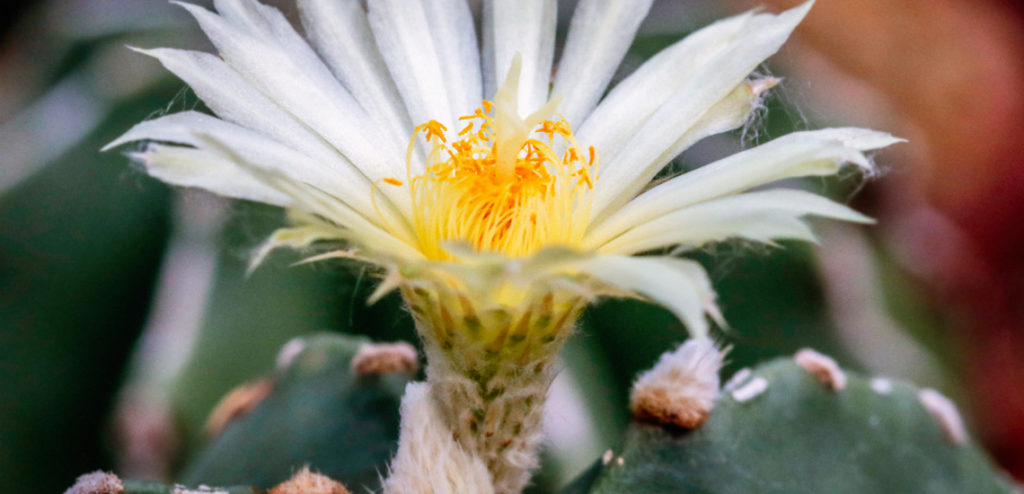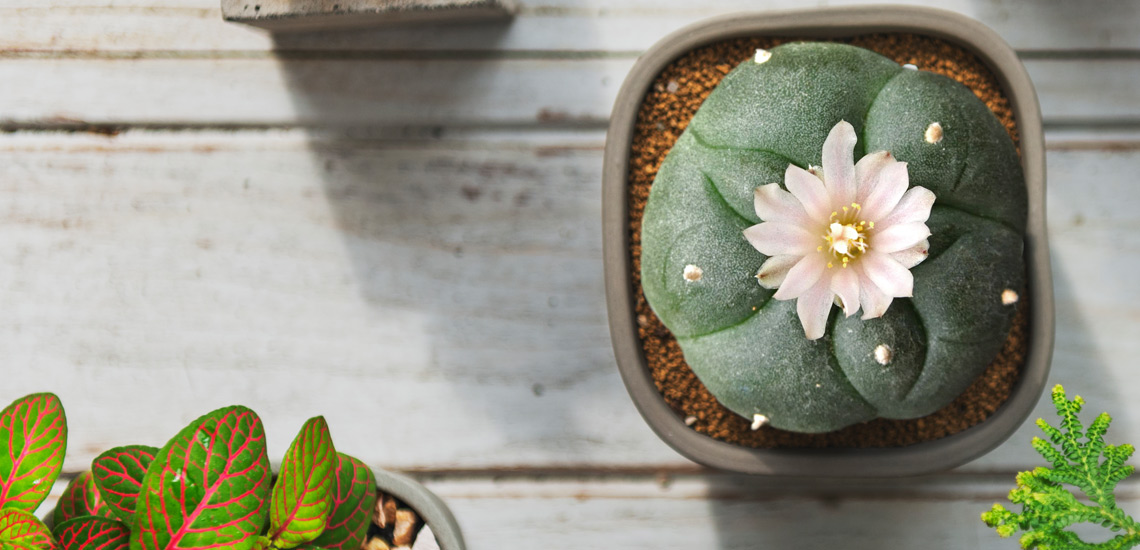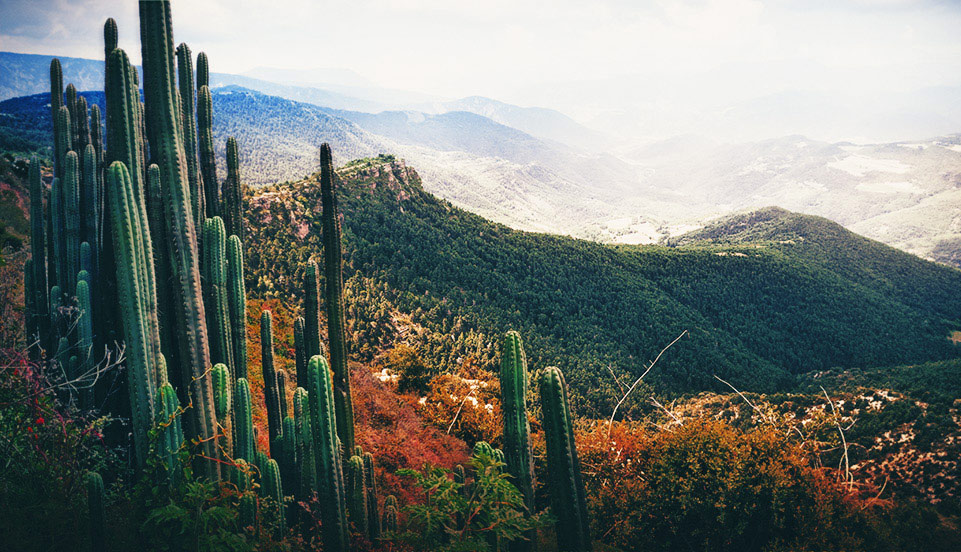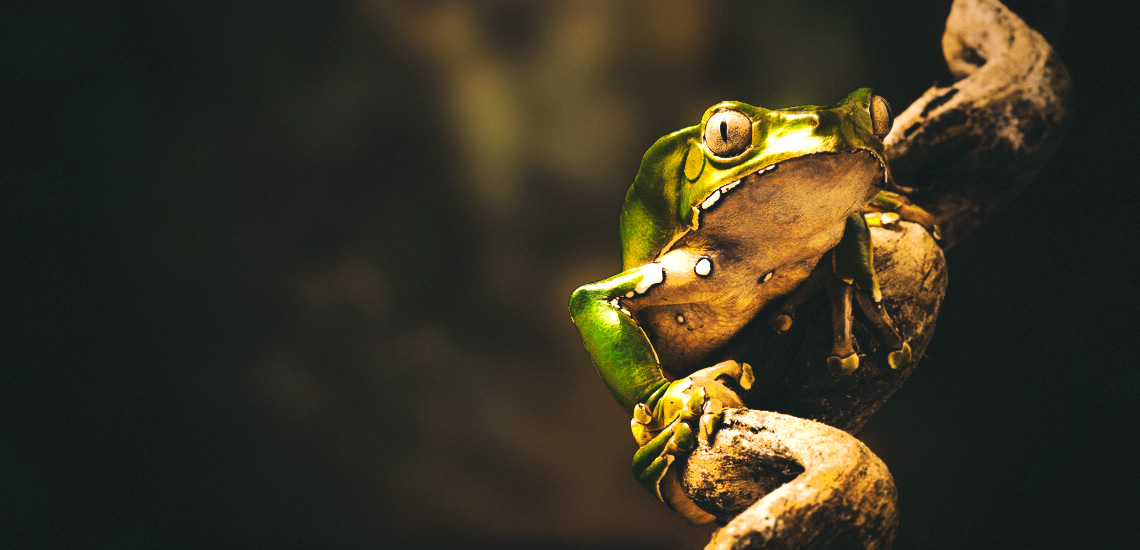Basic insights on the spiritual and sacred Peyote
It is very evident that most of you have heard about peyote but chances are you are not sure what it is, how it is used, or whether it has any side effects. If you are looking for some more detailed information on the sacred Peyote, then this article is worth reading. The article takes you through a guide on the sacred Peyote plant.
Peyote is a tiny cactus that grows underground with only its upper part being visible. It is spineless in nature and generally has a very retarded growth with the possibility of taking several years before reaching maturity. The upper part of this plant which looks like buttons can be dried under the sun and chewed or soaked in water.
The peyote plant produces a substance by the name phenethylamine alkaloid which is believed to have hallucinogenic effects on human beings. The principal ingredient found in the peyote plant is a very powerful drug that is considered illegal for human consumption and it is known by the name mescaline.
For decades, peyote cactus has been used by Mexican Indians and Native Americans for specific religious ceremonies and rituals. The Native Americans sit around the fire and then share the peyote amongst themselves as the shaman sings and leads the people through the experience. Apart from using the peyote for religious ceremonies, these people use them as medicines to cure ailments such as skin diseases, fever, blindness, diabetes, and pain.

For those who have never seen the peyote cactus, it is usually blue-green or yellow-green in color.
How peyote works
For peyote to work in your body, it tends to interact with neurotransmitter serotonin in the brain cell to deter your thinking and acuity. Most of the effects occur on the prefrontal cortex which is responsible for acuity, cognition as well as mood, and arousal.
A recommended dose for dried peyote is presumed to be approximately 10 and 20 grams.
Side Effects
Just like other hallucinogens, peyote has several effects on the body which include;
Sensory effect – This means the person taking the drug may tend to hear or smell things that are not there in reality. The sensory effects of the Peyote plant may thus affect one’s sensory nerves making it difficult to perceive various things.
When used on a short-term basis, the person will start feeling nauseated and will keep throwing up constantly.
Psychological effects – the user may end up feeling stressed or anxious most of the time. We all work hard to avoiding stressful situations in our daily lives. However, with current life situations, most people have fallen a victim of stress, anxiety, and depression which in turn limits the productivity levels in various sectors.
The mescaline component found on the peyote plant can have a strong influence on the chemical processes of your brain and the central nervous system too. Since mescaline is a combination of both stimulants and hallucinogens, it hastens the processes in the central nervous system and also changes the emotional stability of the brain.
It can cause insomnia – Rising body temperature to a hazardous level.
General body weakness and rapid heart rate. General body weakness contributes to low work turnouts and hence results in low productivity in various businesses.
History of peyote
History of peyote
Peyote has been used by indigenous people for decades now, the Native Americans and other groups in Northern Mexico. It was exceptionally used as part of religious ceremonies and as medicine dating back more than 20000 years ago.
In the 19th century, the US government tried to ban the use of peyote among consumers because of its psychoactive effects. The Native American Church had a strong belief that the use of peyote linked human beings to God.
The arrival of Europeans brought a heated discussion among cultures regarding the uses of peyote. For instance; the Spanish people described it as “satanic trickery” although it continued to be a crucial and sacred plant among the Native Americans and Mexicans.
Where peyote can be found
There is a number of significant places where you can find peyote. Some of these places include the Chihuahua Desert and the Mexican states which include Coahuila, Nuevo Leon just to name a few.
Peyote cacti are frequently found in scrub areas where there is a presence of limestone.



